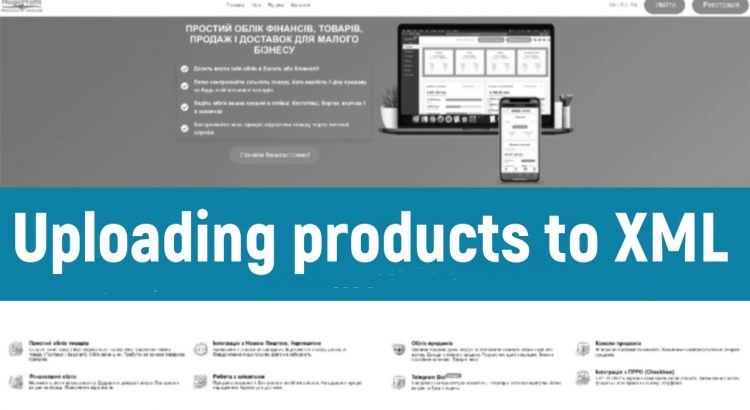| Field | Description |
|---|---|
| <?xml version=”1.0″ encoding=”UTF-8″?> | XML file encoding |
| <yml_catalog date=”2018-09-25 17:22″> | Parent tag |
| <shop> | File start |
| Product Categories | |
| <categories> | Start of the description of the list of categories used in the XML file. |
| <category id=”Category ID”>Category Name</category> | |
| <category id=”Category ID” parentId=”Parent Category ID”>Category Name</category> | Description of the child category. |
| </categories> | End of the description of the list of categories. |
| Products | |
| <offers> | Start of the description of the list of products. |
| <offer> | |
| <name>Product Name</name> | Limit of 200 characters |
| <categoryId>Product Category ID</categoryId> | Must match the category declared in the category block. The first of all categories given in the product description is selected. |
| <oldprice>Product Price without Discount</oldprice> | If the oldprice field is absent, the price field is used. |
| <price>Product Price with Discount</price> | |
| <quantity_in_stock>Quantity of Product</quantity_in_stock> or <quantity>Quantity of Product</quantity> | The quantity_in_stock field is checked first. If quantity_in_stock is present, the quantity field is ignored. |
| <picture>Link to Image</picture> | If multiple picture fields are given, all will be considered. |
| <vendor>Brand, Trademark, or Manufacturer Name</vendor> | |
| <vendorCode> Product Article, SKU </vendorCode> or <barcode> Product Article, SKU </barcode> | The vendorCode field is checked first. If vendorCode is present, the barcode field is ignored. |
| <param name=”Product Attribute Name”> Product Attribute Value </param> | If multiple param fields are given, all will be considered. |
| <description>Product Description</description> | |
| </offer> | End of the product description. |
| </offers> | End of the list of products description. |
| </shop> | End of the file. |
| </yml_catalog> | Close the parent tag. |
File example:
